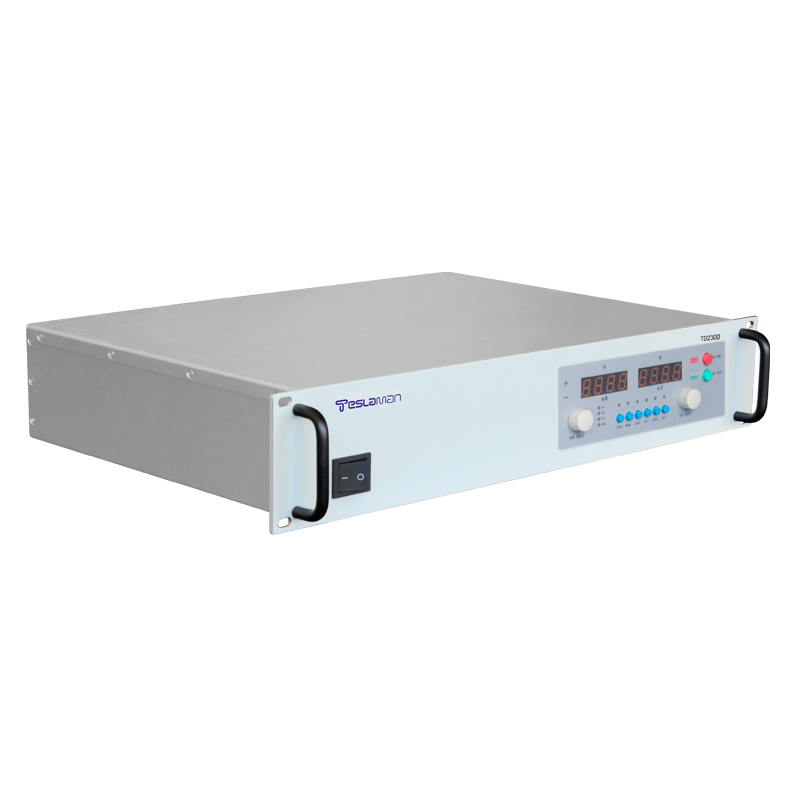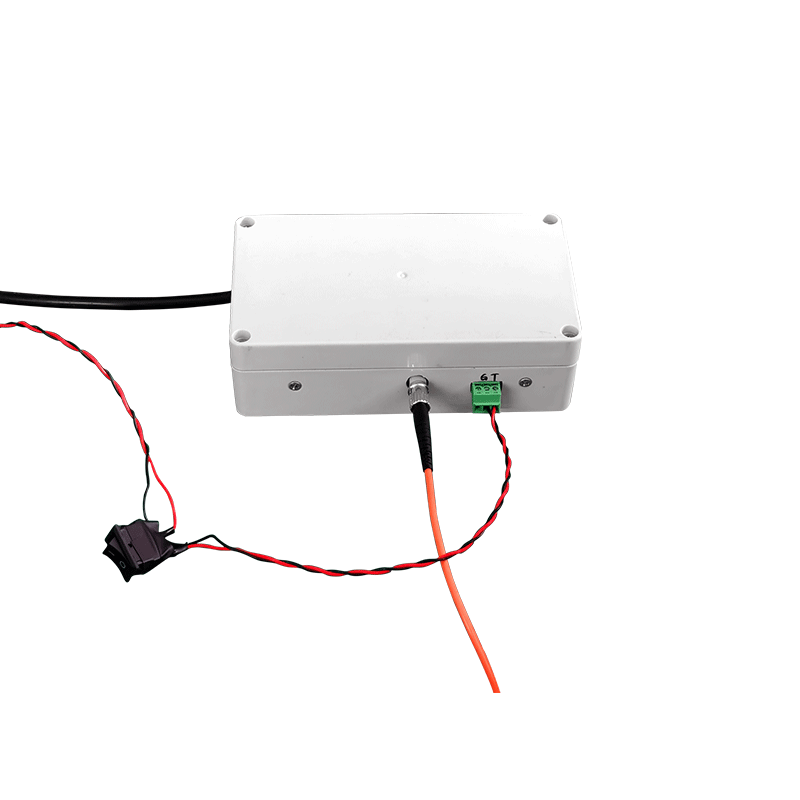Capacitance Matching Strategies for Capacitor Charging High-Voltage Power Supplies
In numerous electronic devices and industrial applications, capacitor charging high-voltage power supplies play a crucial role. From pulsed power systems to scientific research equipment, the quality of their performance directly affects the operation of the entire system. The capacitance matching strategy, as a core element for optimizing the performance of capacitor charging high-voltage power supplies, cannot be ignored.
The basic working mechanism of a capacitor charging high-voltage power supply is to use the power supply to store electrical energy in the capacitor and release high-energy pulses when needed. During this process, the matching of the capacitor is of vital importance. If the capacitor is improperly selected, it may lead to low charging efficiency, poor power supply stability, and even potential safety hazards.
Firstly, the rated voltage of the capacitor needs to be precisely matched with the output voltage of the high-voltage power supply. If the output voltage of the power supply is too high and exceeds the rated value of the capacitor, the capacitor is extremely likely to be broken down, causing the entire system to malfunction. Conversely, if the rated voltage of the capacitor is much higher than the output of the power supply, although safety can be ensured, it will result in cost waste and resource idleness. For example, in a pulsed laser system with a high-voltage power supply output voltage of 50 kV, a capacitor with a rated voltage of around 55 kV is selected, which can not only ensure the safe operation of the capacitor but also fully utilize its energy storage characteristics.
Secondly, the capacity matching of the capacitor is also extremely critical. A large-capacity capacitor can store more energy, but the charging time will be correspondingly extended; a small-capacity capacitor charges quickly but cannot meet the demand for high-energy output. Take a capacitor charging high-voltage power supply used to drive a plasma generator as an example. If the generator needs to release a large amount of energy in a short time to excite the plasma, a capacitor with a relatively large capacity needs to be configured, and a suitable charging circuit should be equipped to balance the relationship between charging time and energy storage.
Furthermore, the equivalent series resistance (ESR) of the capacitor is also an important factor affecting capacitance matching. Capacitors with low ESR have low energy losses during charging and discharging processes and can store and release energy more efficiently; while capacitors with high ESR will cause serious energy losses and reduce the power supply efficiency. In medical devices such as defibrillators with extremely high requirements for energy conversion efficiency, capacitors with extremely low ESR must be selected to ensure that the device can quickly and effectively release the high-energy pulses required for treatment.
In addition, considering the environmental factors in practical applications, such as the impact of temperature on the performance of the capacitor, it also needs to be taken into account during capacitance matching. The capacitance of some capacitors will change in high-temperature environments. This requires selecting capacitors with appropriate temperature characteristics according to the specific working environment to ensure the stable operation of the power supply under various conditions.
In conclusion, the capacitance matching strategy for capacitor charging high-voltage power supplies is a complex process that comprehensively considers multiple aspects such as rated voltage, capacity, ESR, and environmental factors. Through reasonable capacitance matching, the performance of high-voltage power supplies can be significantly improved, meeting the stringent requirements of different application scenarios for power supplies and promoting the continuous development of related technical fields.




















